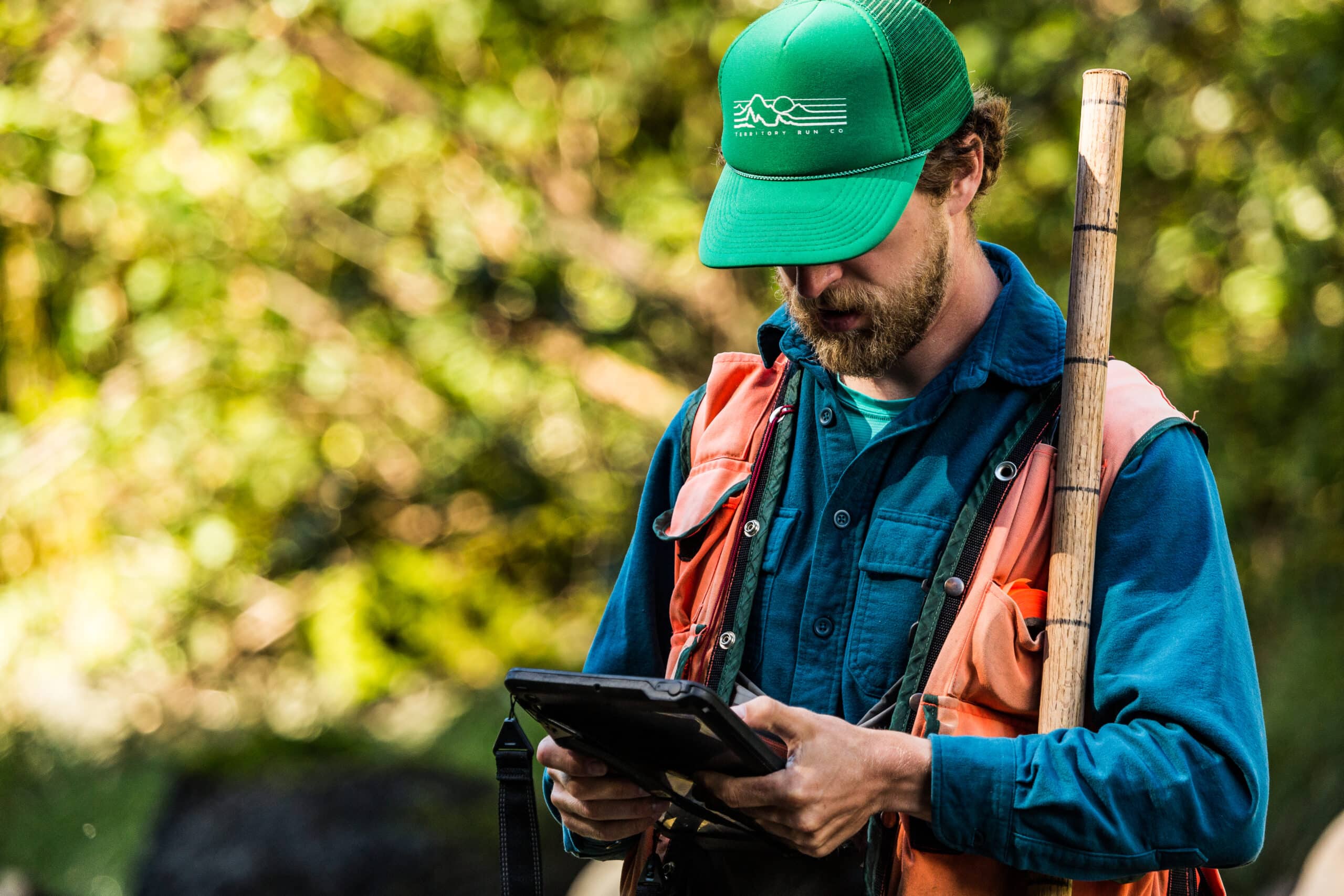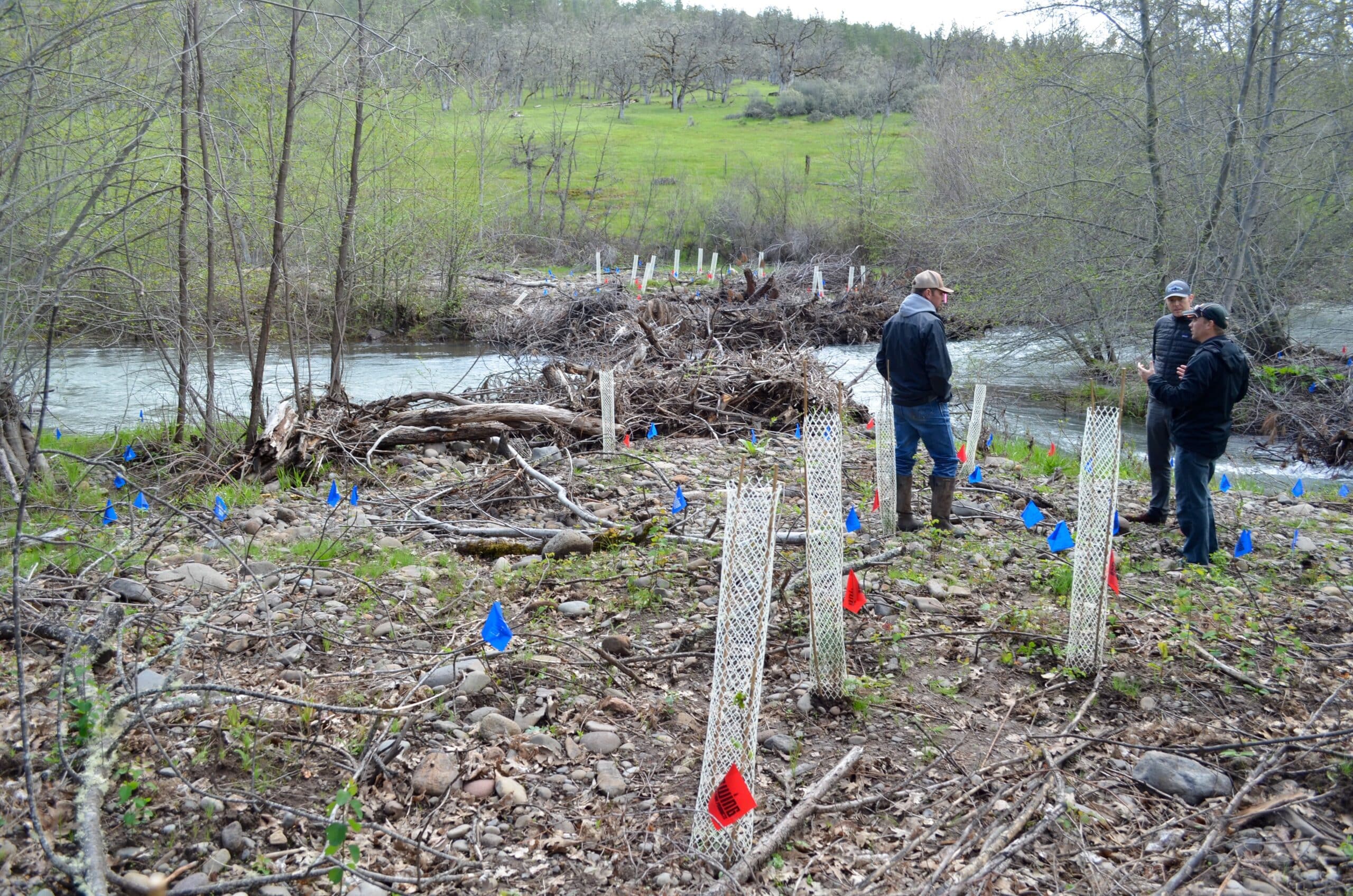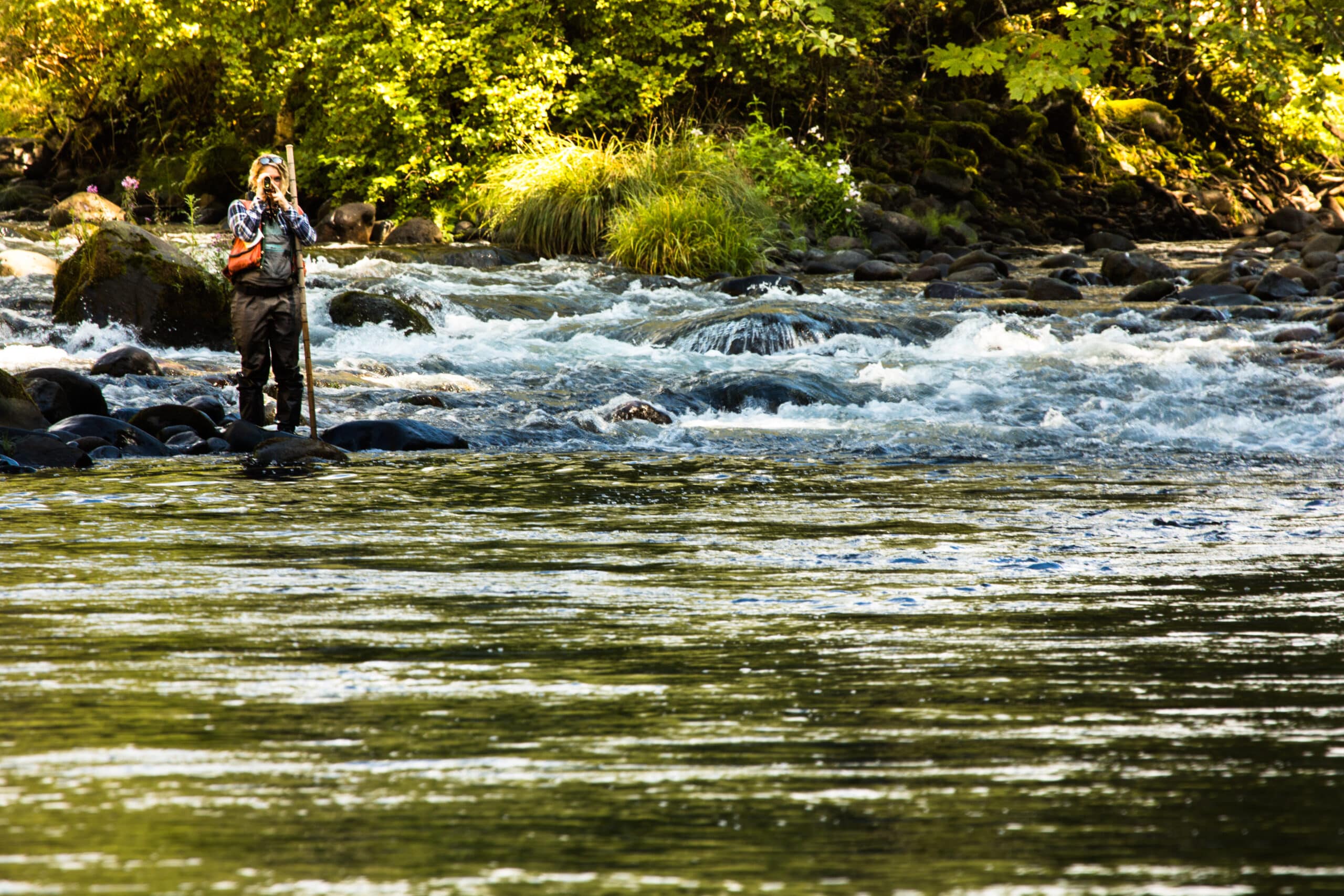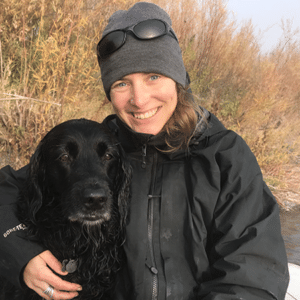This is the center of our work. Presenting the 2016 Uplift Report.
You’re about to read our raison d’être.
The center of our work. For the past five years, The Freshwater Trust (TFT) has produced this report, marrying compelling stories with measurable outcomes.
What’s included in the following pages is the result of diligent monitoring, the development of new systems for efficient data collection behind the scenes, countless cups of coffee with landowners and partners, and the deployment of tools and methods that ensure our work is strategic, effective, and results in what we call measurable “uplift.”
Would you rather read the report in a PDF? Here you go.
What’s Uplift?
“Uplift” was coined to describe the environmental outcome of a restoration action. Where traditional metrics for evaluating the success of a project focus largely on what was completed, calculating uplift takes it a step further.
Here’s an example: rather than report only on the number of streamside trees planted, we also calculate how much sun will be blocked from reaching the water and increasing its temperature. Linking the planting of trees to improved stream temperature is only one way we connect the “what” of an action with the “how much” of an impact.
Quantifying outcomes in this way is unique in the world of conservation. But it is critically needed —especially now. The major problems facing western rivers — pollutants, nutrient runoff, low flows, a lack of streamside trees and more — are chronic and widespread.

We’re proud to report that in 2016, we:
- kept 11,000 pounds of sediment from impairing the quality of key waterways;
- increased function in 1,297 linear feet of stream;
- planted trees that will block more than 282 million kilocalories of solar load to help keep stream temperatures hospitable for native fish; and
- collaborated with 144 landowners to leave more than 68 million gallons of water per day in key areas where fish need it the most.
That was in one year.

As mission-driven practitioners supported by a host of individuals and entities, it’s our responsibility to guarantee that what we’re doing is making a quantifiable difference.
And we are committed to sharing our results with the supporters who made it possible. That’s how this report was born.
Additionally, because we’ve been quantifying our outcomes every year for five years, we have proof that things have improved dramatically.
Since 2012, we’ve increased stream function by 10,000 linear feet in the Sandy River basin. On one site along Little Butte Creek in the Rogue basin, we’ve blocked 13.8 million kilocalories of solar energy from impacting the river through the planting of native trees and shrubs.

These accomplishments are born of the dedicated generosity and support of so many. Behind every number in here, there’s a community of individuals who invested in our ability to make a difference.
We believe both our supporters and our rivers deserve the most significant return on investment possible. Thank you for trusting us to make that happen.
We hope first, you’ll read this report and come away confident in our ability to get real results. Then, we hope you’ll make a year-end donation to keep us accomplishing more of what we know is needed next year.

Enjoying Streamside?
This is a space of insight and commentary on how people, business, data and technology shape and impact the world of water. Subscribe and stay up-to-date.
Subscribe- Year in Review: 2023 Highlights
By Ben Wyatt - Report: Leveraging Analytics & Funding for Restoration
By Joe Whitworth - Report: Transparency & Transformational Change
By Joe Whitworth - On-the-Ground Action – Made Possible By You
By Haley Walker - A Report Representing Momentum
By Joe Whitworth

